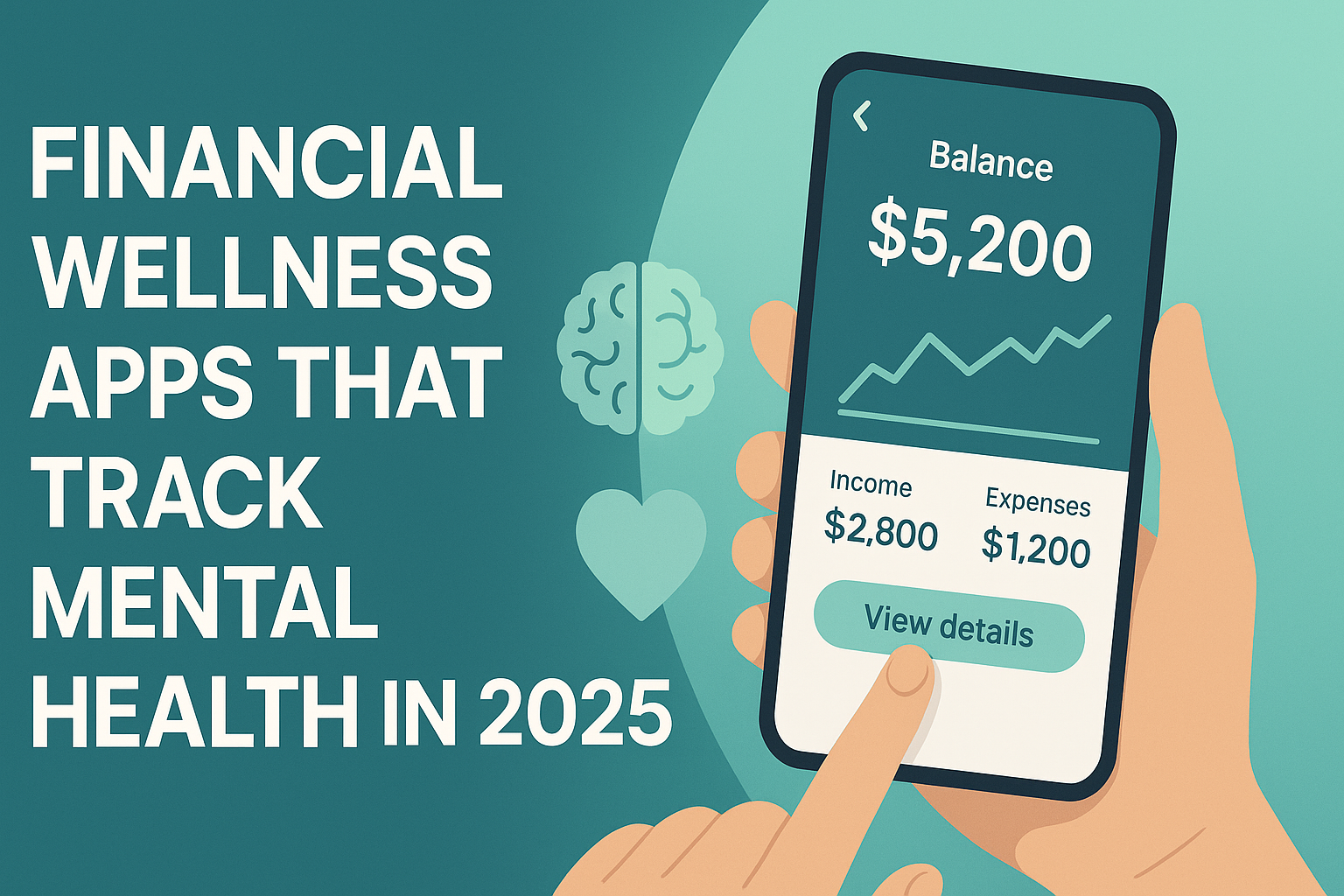FICO’s new model means your Buy Now, Pay Later habits could soon shape your credit — for better or worse.
Buy Now, Pay Later (BNPL) loans have become a go-to payment method for everything from groceries to tech gadgets. But a quiet shift in how these installment loans are reported is about to make a loud impact: FICO has announced that BNPL activity will now influence consumer credit scores.
For millions of Americans, this change could reshape how lenders assess risk, how consumers borrow, and even how we budget. Let’s break down what this means for your financial health — and how to respond.
Background & Context
Until now, BNPL loans operated largely in the shadows of the credit system. Unlike credit cards or personal loans, most BNPL plans weren’t reported to credit bureaus. That meant users could stack multiple payment plans with little oversight, and lenders had no clear picture of how much consumers owed.
But with BNPL exploding in popularity — used by over 60% of Gen Z and millennial shoppers, according to Morning Consult — regulators and scoring agencies have taken notice. FICO’s updated scoring model aims to reflect real-world financial behaviors more accurately and close blind spots in borrower risk.
This move also aligns with calls from the Consumer Financial Protection Bureau (CFPB) for greater transparency in consumer credit data, especially as more Americans rely on flexible payment solutions during times of economic pressure.
Deep-Dive Analysis
Impact on Homeowners
If you’re a homeowner or planning to refinance, your BNPL usage could soon show up on your credit report — and that could affect your mortgage rate. Just like credit cards, on-time BNPL payments could boost your score, while missed ones may drag it down.
For those with strong credit habits, this might be an opportunity to enhance your profile. But if you’re juggling multiple short-term loans, it’s time to review your payment calendar and avoid delinquencies. Mortgage lenders increasingly use FICO models that incorporate alternative data — and now BNPL is one of them.
Impact on Investors & Savers
The ripple effect doesn’t stop at individual borrowers. Investors in fintech, credit bureaus, and traditional banking should keep an eye on how markets respond to the integration of BNPL into scoring systems.
On one hand, financial firms that adapt quickly may gain a competitive edge. On the other, companies overly exposed to BNPL default risk might experience valuation pressure if consumer behavior shifts or delinquencies spike.
For savers, this change might signal renewed interest in lower-risk financial instruments, especially if economic volatility increases and credit markets tighten in response.

Impact on Jobs & Consumers
Credit scores aren’t just about loans anymore — they can also influence job opportunities, rental applications, and insurance premiums. As BNPL becomes part of that equation, consumers may become more conservative in their usage, especially those looking to build or protect their credit standing.
From a macro view, shifts in consumer spending habits could hit retailers and ecommerce platforms that have relied on BNPL to drive sales. A slowdown in impulse purchases — or more cautious credit behaviors — might push businesses to rework pricing or offer better loyalty incentives.
In the labor market, sectors that conduct financial background checks (like banking, real estate, or security roles) may now assess BNPL repayment behavior alongside other credit metrics.
Actionable Takeaways & Key Insights
- Treat BNPL like any other form of credit. Missed payments can hurt your score now, so never treat these loans as “invisible debt.”
- Use fewer BNPL providers. Centralizing your usage can help you track obligations more clearly — and reduce the risk of accidental late payments.
- Request your credit report monthly. Use services that allow soft pulls to spot how BNPL loans are being reported.
- Consider traditional alternatives. A well-managed credit card or secured loan may offer more control, rewards, and transparency.
- Watch the scoring models. Not all lenders have adopted the newest FICO version yet, but more are expected to in the coming year.
Conclusion & Call to Action
The inclusion of BNPL loans in credit scoring is more than a technical update — it’s a signal that the lines between traditional and modern finance are blurring. For consumers, it’s a wake-up call: what felt like “easy money” can now affect your long-term credit health.
Used wisely, BNPL tools can still be convenient. But in a post-FICO-upgrade world, every payment now carries weight.
Stay tuned to The Evolving Post for more smart, actionable updates that impact your money and your future — because understanding the system is the first step to changing your financial story.
While this analysis is based on thorough research, it is for informational and educational purposes only and should not be considered financial advice.







